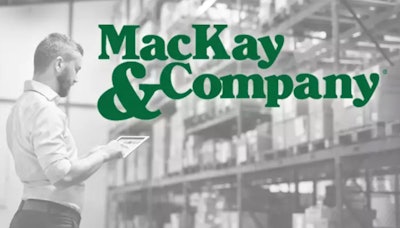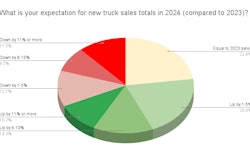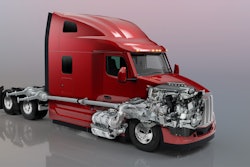
At MacKay & Company, a large focus of our business is the aftermarket for commercial vehicles. We have several services that profile the aftermarket for parts, tires and lubricants for on and off-highway vehicles for several countries. The market that garners the most interest is the Class 6-8 U.S. market.
Part of our work at MacKay & Company is interfacing with fleets and understanding how they run their fleets, their rationale around truck and trailer purchasing, as well as parts and service practices relating to these vehicles.
As mentioned before, we get several inquiries on what the impact of alternative power on this market, primarily battery electric vehicles (BEV). The short answer is, there are not enough of these vehicles in the operating population to start profiling.
Over the last few years, I’ve been to a number of conferences that focus, in part or in total, on alternative power. I also read about these technologies in TPS and other industry media resources. Finally, unless you have been under a rock for the last few years, you know the EPA and CARB have aggressive mandates for the future of zero-emission vehicles (ZEV), including trucks, and most of the truck manufacturers have set associated aggressive sales goals for these ZEVs.
[RELATED: Regulations making California ‘next to impossible’ for carriers]
One thing that has become clear, from my perspective, is the large disconnect between where fleets are in their consideration and evaluation of alternative powered vehicles compared to the coming government mandates and the manufacturers’ sales goals.
Last year we completed an extensive study (Technology Monitor) on this very topic, in part to delve deeper into the subject and to benchmark fleets current usage.
Of the 600+ fleets we surveyed, 74% do not have and have not tested any alternative powered vehicles (we surveyed four technologies). Ten percent (10%) are currently testing, and the balance (16%) have tested and purchased at least one alternative power vehicle. Of those who have purchased an alternative powered vehicle, the majority received some level of financial assistance to purchase the vehicle. In addition, 88% said they would not have purchased without grants or incentives.
Certainly, a case can be made for financial incentives for early adopters, but in the long term there has to be a business case for these purchases.
The balance of the study focuses on fleets’ current status among 18 actions and activities relating to purchasing a vehicle with alternative power. The list starts with simple actions or activities that require low commitment of time or resources, such as reading about alternative power technologies and speaking to industry peers about the technology, progressing to the end where the actions and activities require significant commitments of time and resources such as testing demonstration units, investigating grants and, finally, committing to purchase.
We segment these 18 activities into four groups of commitment, starting with Educate Me, You Have My Attention, Serious and ending with Committed. As expected, the number of activities completed by fleets decreases from Educate Me to Committed. Even more surprising is that, on average, less than 50% of fleets have completed the Educate Me actions and activities.
[RELATED: MacKay & Company asks, have distribution channels recovered?]
We are at mid-2024, the government mandates are not suggestions, the timetable is short and the disconnect from fleets’ perspective in our study is huge. As I reflect on this today, I think something must give and I think that something is infrastructure for BEVs.
BEVs are the zero-emission technology that has the most momentum at present, but there needs to be significant gains relating to infrastructure to support BEVs and to gain more interest from fleets.
I am headed to the ACT Expo in Las Vegas, so maybe my perspective will be changed.









